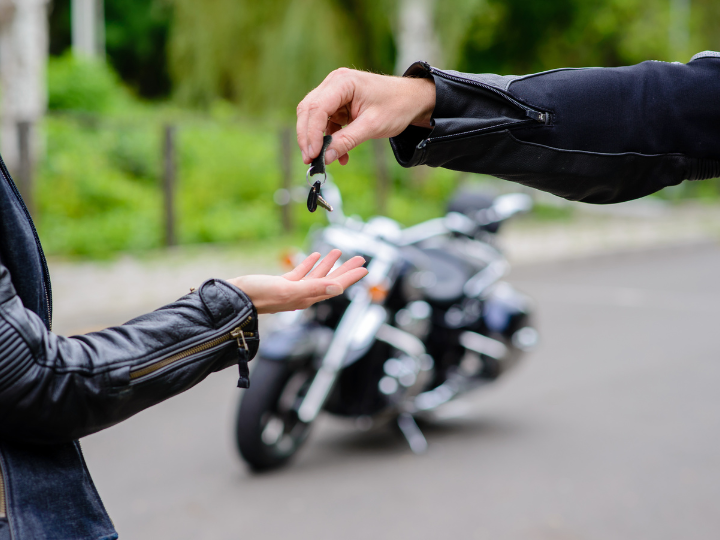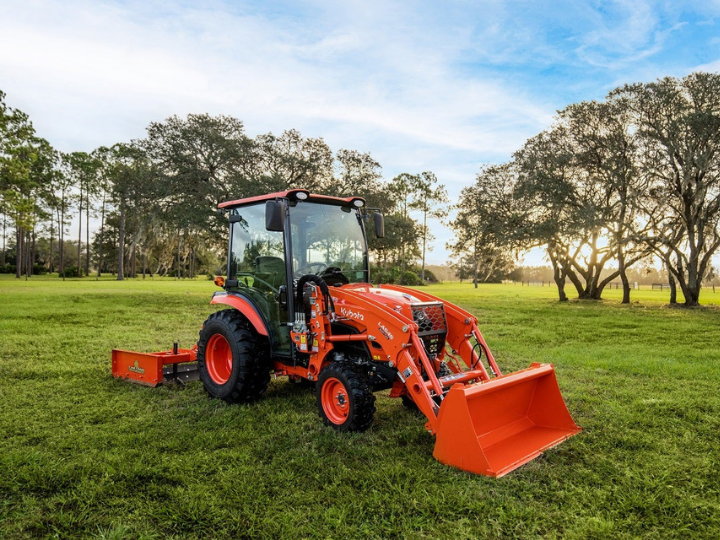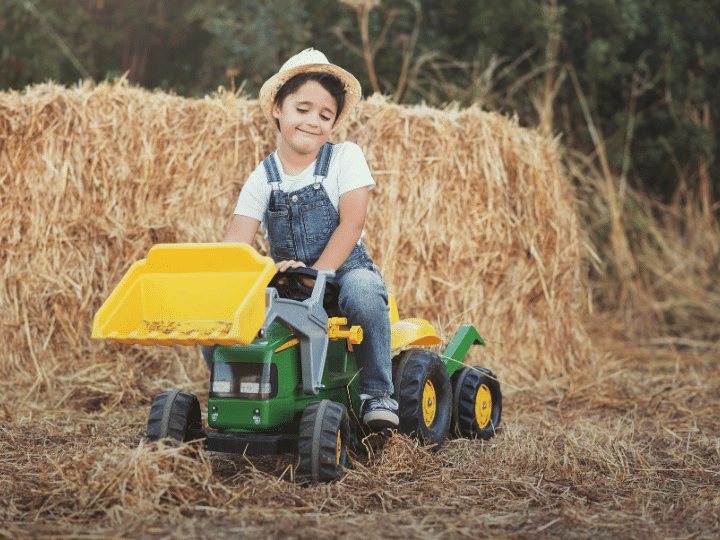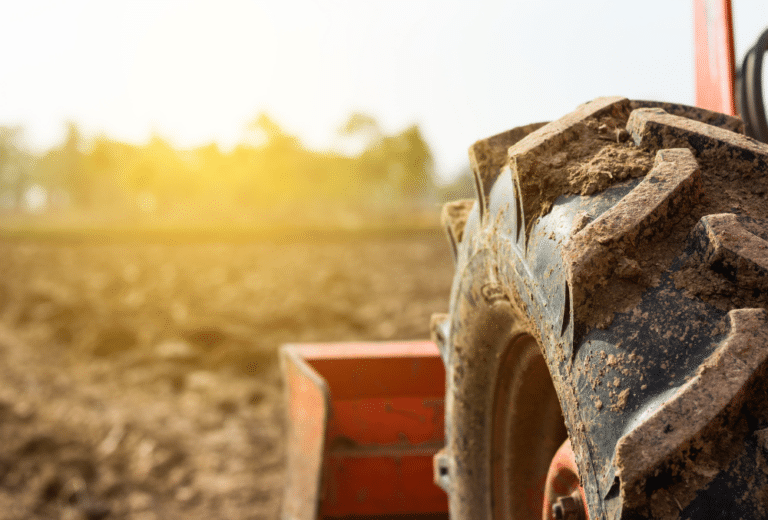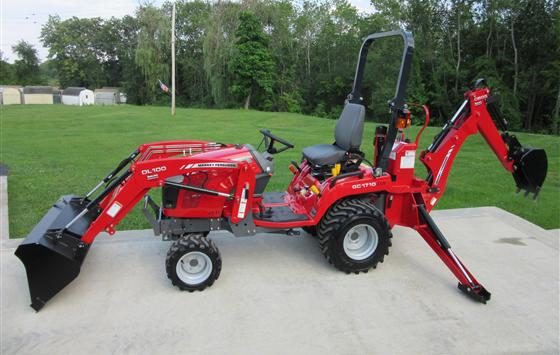In rural communities, tractors aren’t just machines – they’re essential tools for farming, landscaping, and maintaining property. Unfortunately, their high value and portability make them a prime target for theft and vandalism. While rural life often feels secure, isolated properties can be particularly vulnerable to criminal activity. Protecting your tractor means thinking ahead, investing in the right safeguards, and making sure you have the right coverage in place.
Why Tractors Are a Target
Thieves know tractors can be worth tens of thousands of dollars and are often stored in less secure areas than other vehicles. Even older tractors hold significant resale value for parts or scrap, making them an attractive option for criminals. Vandalism is another risk – whether it’s damage caused by trespassers, mischief, or disputes, repairs can be costly and lead to unnecessary downtime in your work.
Practical Steps for Protecting Your Tractor
1. Store Your Tractor in a Secure Location
Whenever possible, park your tractor in a locked barn, shed, or garage. Strong locks, reinforced doors, and even motion-sensor lighting can go a long way toward deterring thieves. If indoor storage isn’t an option, consider a fenced enclosure with a lockable gate.
2. Use Physical Anti-Theft Devices
Steering wheel locks, wheel clamps, and hitch locks are simple tools that can prevent your tractor from being moved easily. While not foolproof, they create extra obstacles that discourage opportunistic thieves.
3. Install a GPS Tracking Device
A discreet GPS tracker can be a game-changer for recovery if your tractor is stolen. Many modern devices send real-time alerts to your phone if the tractor is moved without authorization, increasing the chances of retrieving it quickly.
4. Improve Visibility and Lightning
Thieves prefer to work in the dark and out of sight. Install motion-activated floodlights in areas where your tractor is stored. Trim back trees and bushes to remove hiding spots and improve visibility from the road or nearby buildings.
5. Mark and Register Your Tractor
Etch your name or a unique identification number into parts of the tractor, including areas that aren’t visible at first glance. Some rural crime prevention programs also allow you to register your tractor’s details, making it harder for thieves to sell it and easier for police to identify.
The Role of Insurance in Tractor Protection
Even with the best precautions, theft and vandalism can still happen. That’s where proper insurance coverage comes in. A dedicated tractor insurance policy – or a farm insurance package that includes equipment coverage – can protect you financially if your tractor is stolen or damaged. Policies can help cover repair costs, replacement value, and in some cases, loss of use.
When reviewing your coverage, check that:
- Your tractor’s full value is reflected in the policy
- Theft and vandalism are explicitly covered
- You understand any deductibles and claim requirements
Building a Security Plan That Works for You
Every property is different, so your security plan should be tailored to your layout, budget, and daily operations. By combining physical security measures, smart technology, and adequate insurance, you can significantly reduce your risk.
_
Your tractor is a major investment and a vital part of your work. Protecting it means safeguarding your livelihood and ensuring that no matter what, you can keep your operations running smoothly. Contact us today to learn more about our comprehensive coverage options, and standalone policies for equipment not used for profit or farming.

